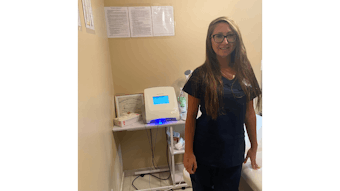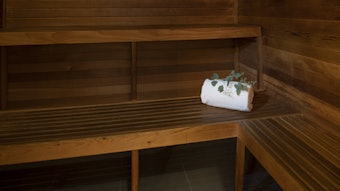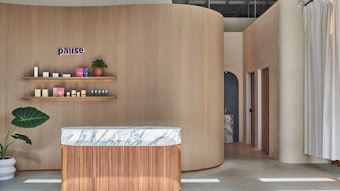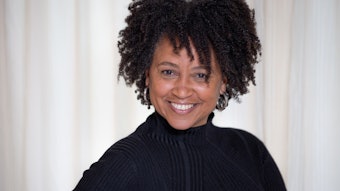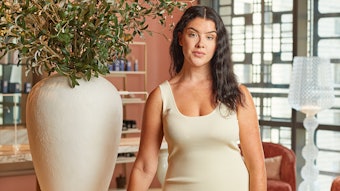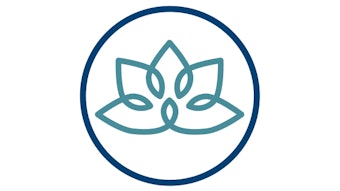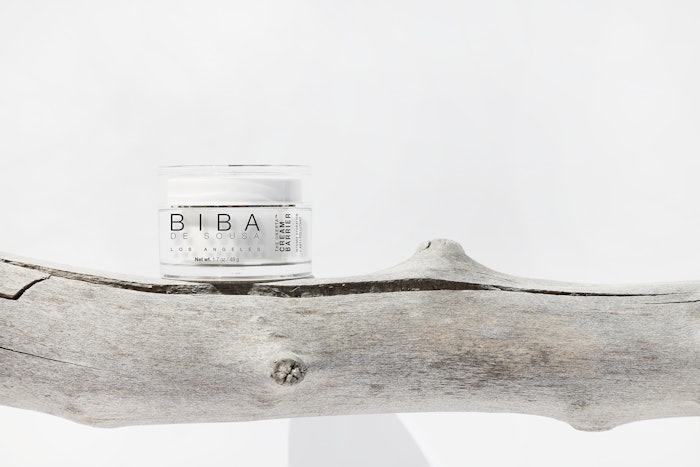
For an industry rife with educators and continuing education, we sometimes forget about the most valuable teacher of all: experience—and not just in quantity. There are hundreds of thousands of skin, spa and wellness professionals in the United States, and not one of their journeys is exactly alike the other. It’s in these differences—these paths not taken, these different locations, strengths and specialties—where we can share and where excellence is gleaned.
Log in to view the full article
For an industry rife with educators and continuing education, we sometimes forget about the most valuable teacher of all: experience—and not just in quantity. There are hundreds of thousands of skin, spa and wellness professionals in the United States, and not one of their journeys is exactly alike the other. It’s in these differences—these paths not taken, these different locations, strengths and specialties—where we can share and where excellence is gleaned.
I had the opportunity to sit down with Hollywood esthetician, Biba de Sousa, creative behind her Skintel blog, founder of her namesake skin care line and trusted professional to Grammy Award winners like Miley Cyrus and Billie Eilish.
Show vs. Tell
We’re living in an interesting time in beauty, where an increasing number of people are opening up about what they do to stay beautiful: the products they use, the treatments they receive and even some of the more traditionally stigmatized procedures they undergo. At its best, this conversation cracks open emotional gold mines by perpetuating feelings of self-love and mutual respect, but at its worst, it can foster a witch-hunt mentality, heightened by the increasingly subtle results obtained through the work being done. Sentiments like “I haven’t had work done,” and “I woke up like this,” are wielded almost as virtues—similar to conversations surrounding makeup from the mid-2010s when full-face contours and glam reigned supreme.
Throughout Sousa’s illustrious career, she’s seen how these dialogues ebb, wane and evolve. “If everyone’s disagreeing,” she says. “Then nobody’s right.” Trends, too, come and go, and the ephemeral nature of the conversations surrounding them means that big moments in beauty’s history are marked not by the court of public approval, but the innovations themselves. The mass popularity of chemical peels and the resulting increase in occurrences of hyperpigmentation that followed led to professionals peeling with more intention in the subsequent years, Sousa cites. She reflects on the advent of new technology like microcurrent and LED devices, ultrasonic spatulas and, of course, the well-loved HydraFacial, saying “[they] all changed the face of the industry. Made treatments more effective, more interesting and more competitive. It all became about ‘what machine do you have?’”
What Makes a Career?
While the pressure to stockpile the latest and greatest of industry tech can be overwhelming, Sousa says that machines won’t be what defines your career. “First, build skill and knowledge. Then you start buying machines, building your clientele and getting clients. You don’t need to buy tons of stuff. Looking back, I spent so much money buying gadgets and machines,” she laughs. “If you have a client who cares that much about the machine, let them go find it for themselves.”
Buried in the current craze around new machines is how they fit into your appointment schedule. The core value of spas is the importance of touch; Sousa encourages professionals to reflect on what an appointment will look like and how much literal hands-on time a client will experience when considering adding something new to their menu. There’s some wiggle room, as add-ons such as scalp or hand massages can be a great way to enhance a treatment that requires a “sit and wait” period, but if you’re still left with 45 minutes of hands-off time, that’s a major hit to the purpose of the appointment, not to mention a huge amount of time in an appointment eaten up, leaving little room for anything else.
Practical experience like this is what’s so crucial in building a career, Sousa stresses. “Networking and finding mentors is crucial,” she says. She urges professionals to ensure there’s a good mix in their circle, especially where distributors are concerned. While they can be valuable for brand-specific info, their goal is to push product, so non-brand-affiliated contacts are a must.
 Biba de SousaImage courtesy of Biba de Sousa.
Biba de SousaImage courtesy of Biba de Sousa.
Brick by Brick
When building out your network, it’s also important to diversify experience levels and age. It’s important to find people you can learn from in a variety of ways—not just the practical tips you pick up in school and continued education. You’ll also want to make sure you have some contacts who plan on staying in the industry as long as you will, so that you’ll have some contacts if you need a potential business partner or referral.
Building a career requires intention, so checking in with your own needs and creating a plan from there is crucial. Biba’s skin care line is a perfect example, being the logical next step for her when she noticed a gap in products that struck her balance. “I would give facials and then, what? Send my client to Sephora to buy products?” A good home care routine is essential for maintaining the results you work with clients to achieve.
Shooting for the Stars?
Building a high-profile clientele takes a long time because experience is paramount to knowing how to capture their interest and retain their business. Experience is also where a professional’s personal touch is refined, as is their ability to build rapport; these smaller details will be exactly what makes you appealing to celebrity clientele, where chemistry will play a major role in why they choose you. “If they’ve just come from Capri, and you don’t know where Capri is, then they won’t respect you,” says Sousa, giving a valuable example of a small instance where the opportunity for connection may be broken, and how, even though it may not always feel like it, it most certainly is a two-way street. “[It comes to] skill, merit and personality. You have to be a person who can deal with them.”
Building a business is another lofty ambition that requires experience and time. Sousa breaks it down for us: it takes roughly five to seven years to build a stable business, and even with good client retention, people move, their priorities change—life happens. Making the right moves to account for flux and unforeseen events is the premise of building something that lasts, which can be difficult with all the unknowns inherently wrapped up in starting a business. “You open a business, and it’s like a runaway train,” says Sousa.
Experience, education and a reliable network are what Sousa finds herself coming back to, the undercurrent of which community flavors the overall conversation. “You need people,” she says. “You need mentors, a network, people you can go to and people you can send people to.”

